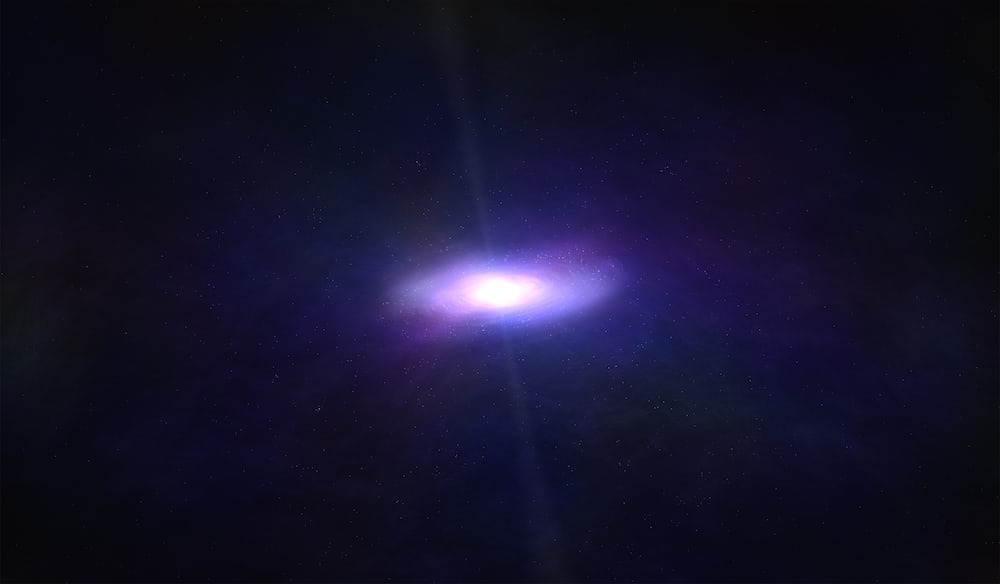Understanding Black Holes: A Simple Explanation
Black holes are among the most mysterious and captivating phenomena in the universe. These cosmic wonders have fascinated scientists, astronomers, and curious minds for decades. In simple terms, let's explore what a black hole is and how it works.
What is a Black Hole?
A black hole is an incredibly dense region in space where gravity is so strong that nothing, not even light, can escape its grasp. Imagine a cosmic vacuum cleaner with a pull so strong that it devours everything around it, creating a region of total darkness.
Formation of Black Holes:
Black holes are formed when massive stars run out of fuel and can no longer sustain the pressure against their own gravity. Without the pressure to counteract gravity, the star collapses in on itself. If the star is massive enough (around 20 times more massive than our Sun), its core can collapse to an infinitely small point, known as a singularity. This is where the gravitational pull becomes infinitely strong and forms a black hole.
Components of a Black Hole:
There are three main components to a black hole:
1. Singularity:
At the center of a black hole is the singularity, an infinitely dense point where gravity is at its strongest.
2. Event Horizon:
This is the boundary surrounding the singularity, beyond which the escape velocity is greater than the speed of light. Anything that crosses this boundary is forever trapped inside the black hole.
3. Accretion Disk:
In some cases, matter from nearby stars gets pulled into a swirling disk around the black hole before being consumed.
Effects on Surrounding Space:
The intense gravity of a black hole warps the space around it, causing a phenomenon called gravitational lensing. This effect can bend the path of light, making objects behind the black hole appear distorted or even duplicated.
Types of Black Holes:
There are three main types of black holes:
1. Stellar Black Holes:
Formed from the remnants of massive stars, these black holes typically have a mass between a few to several times that of our Sun.
2. Intermediate Black Holes:
These have masses between stellar and supermassive black holes. Their formation is still not completely understood.
3. Supermassive Black Holes
Found at the centers of most galaxies, including our Milky Way, these black holes have masses millions to billions of times that of our Sun. Their formation is a subject of ongoing research.
Jim's Thoughts
A black hole is a region in space where gravity is so strong that nothing, not even light, can escape from it. Formed from the remnants of massive stars, black holes have components like the singularity, event horizon, and accretion disk. Their effects on surrounding space and their various types make them a captivating and mysterious aspect of our universe, continuing to intrigue and challenge our understanding of the cosmos.





Comments
Post a Comment